Eric Sprott, the well-known billionaire asset manager, believes that investors need to buy gold and silver to protect themselves from the increasingly volatile currency markets. Last year, 84% of the world’s population would have made money owning gold. Sprott puts his money where his mouth is, claiming that 80% of his assets are in precious metals.
Since this January interview, the gold price has fallen in US dollars. However, Sprott is focused on the long-term picture of how the radical monetary policies of global central banks will damage the global economy. With banking policies like negative interest rates and massive money printing, the world is experiencing a completely new financial landscape. When paired with the fact that gold demand seems to be exceeding supply, he expects to see gold-backed currencies within the next decade.
Wal-Mart announced yesterday that it is going to raise its minimum wage to $9 an hour, which will affect a half-million employees. Many are praising the company and saying this will improve the lives of low-wage workers, while also providing a boost to the American economy. However, Peter Schiff isn’t so optimistic. He explained to Yahoo! Finance why Wal-Mart’s minimum wage increase isn’t necessarily a net positive for the economy.
The wage increase will cost Wal-Mart about $1 billion this year. Who knows if Wal-Mart will pass along the cost of higher wages to its customers by raising prices? More importantly, Wal-Mart will probably cut back on hiring, which means low-income Americans will have that much more difficulty finding a job.
In his new Gold Videocast, Peter Schiff explained how Obamacare has created a “job-sharing” economy that is skewing the government’s employment data. As he put it:
Obamacare forces employers to provide insurance for full-time employees. As a result, employers are hiring more part-time workers than they normally would and that is substantially influencing these numbers… [Suppose an employer] cuts [two full-time workers’] hours back to 10 hours a week and then he actually hires two more guys. So now he has four guys working 40 hours instead of two guys working 80 hours. He’s cut the hours in half but doubled his workforce. According to the government, he’s just created two jobs even though he has four people sharing one job.”
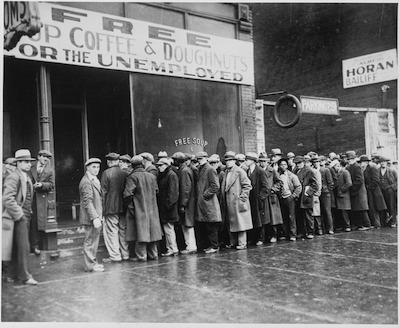
The dollar dropped while gold rose early this morning as the markets reacted to the release of the Federal Reserve’s minutes from its January meeting. The minutes show that Fed officials are more worried about raising interest rates than most of the markets thought. In fact, there was even talk of easing their monetary policy even further. Quoting from the minutes:
A few (members) expressed concern that in some circumstances the public could come to question the credibility of the Committee’s 2 percent goal… Indeed, one participant recommended that, in light of the outlook for inflation, the Committee consider ways to use its tools to provide more, not less, accommodation.”
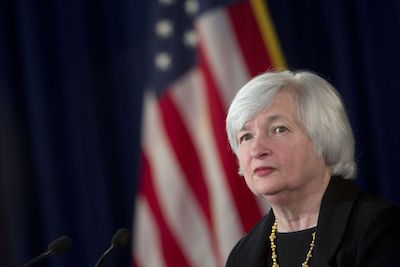
Jim Rickards, author of Currency Wars, describes a game he plays with audiences when he speaks about gold and paper money. He presents to them US dollars, Monopoly money, and a gold coin. Then he asks, “Which of these is not like the other?”
Ivy League professors nearly always rationalize that the dollars are different, because they are a store of value while the other two cannot serve as real money. However, Rickards reminds us that the US dollar has lost 95% of its purchasing power since 1913.
Five-year-olds, on the other hand, instantly recognize that the gold coin is different. They probably don’t understand that gold has been a form of money for thousands of years, with a relatively stable value that entire time. Nevertheless, you have to wonder about the state of our basic economic knowledge when the instincts young children are more accurate than the reasoning of elite academics.
Last week, Peter Hug said that about 25% of all physical gold buyers are “crazies.” The comment is remarkable, because Hug is an executive at Kitco, one of the largest precious metals dealers in North America. In fact, Hug is the Director of Kitco’s Precious Metals Division.
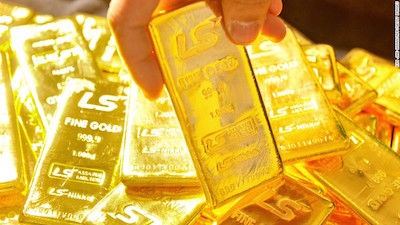
Hug’s reasoning is that a lot of the people who buy physical gold believe that the United States financial system is headed for a dire crisis. Many are worried about a complete collapse of the US dollar. The rationale for this belief is pretty simple and comes back to basic economics.
Gold surged more than 10% in January, but lost a lot of ground on news of continued strong jobs growth. Peter argues that Obamacare is skewing the employment data. To avoid the additional costs of full-time employees, businesses are cutting workers to part-time hours while hiring additional staff. But “job sharing” is a double-edged sword that will mean even bigger lay-offs when the market retrenches.
RT asked Marc Faber why he invests in physical gold. Faber emphasized that nobody should put all of their assets into physical precious metals. However, if investors want to protect themselves from the volatile bubbles created by the Federal Reserve since the late 1990s, then gold and silver are essential assets. Precious metals are Faber’s “iron reserves,” and he doesn’t worry about short-term price fluctuations.
Analysts are expecting Indian Prime Minister Narendra Modi to cut the huge 10% gold import tax in his budget proposal at the end of February. Late last year, India scrapped its import rule that required 20% of all gold imports to be reexported. Premiums, and consequently smuggling, have both dropped since then. If Modi were to significantly cut the tax as well, India could see an additional 23 million ounces of gold demand in 2015. This would add significant support to global gold prices.
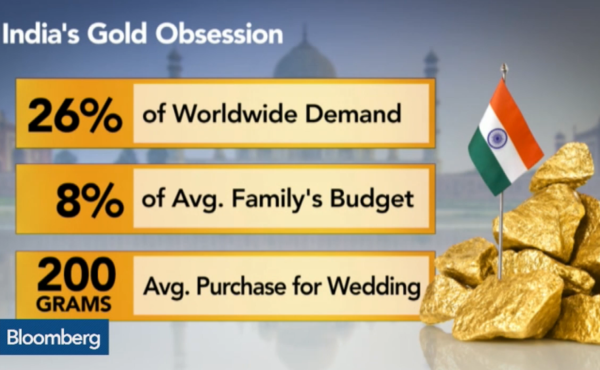
Europeans bought a lot more gold in January. Investors turned to the yellow metal to protect themselves economic turmoil that could result from Greece leaving the eurozone and the oncoming wave of European quantitative easing. The price of gold in euros has already risen 9% in 2015, putting it at a 21-month high.
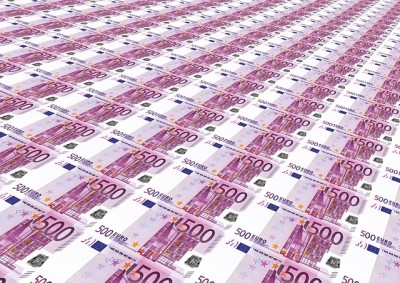
Europeans are acting fast as the euro continues to lose value against the dollar. Banks and gold dealers around the continent are reporting a huge surge in sales.



